If you’re like me, you love plants as much as you love your pets.
But did you know that there are some plants that are toxic for your pup? I didn’t when I first started to grow plants indoors with a dog and unfortunately my dog nibbled on a toxic plant and had to go to the vet!
Here are ten different houseplants that are completely safe to grow at home with dogs. There are more than this list, but I picked these because they’re non-toxic and easy to care for…the best of both worlds!
1. Spider Plant
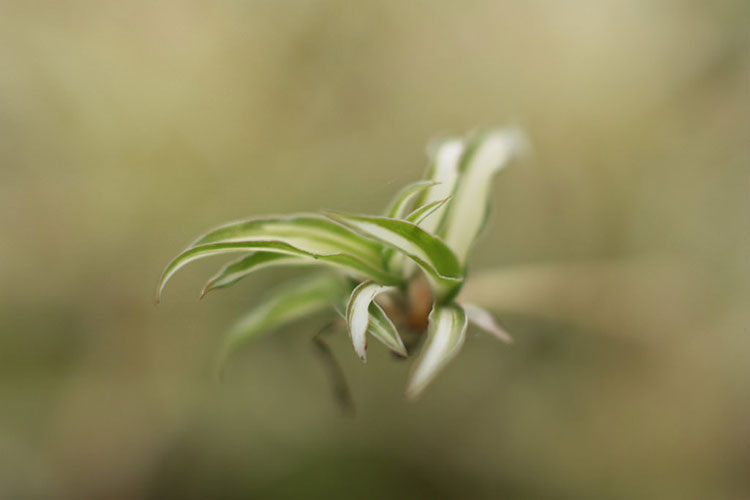
Despite their name, spider plants are actually one of the safest plants you can grow indoors! You can practically forget about them forever and they’ll still chug along healthily.
They come in a few different varieties, the most common of which features green and white stripes along each leaf. Although they are non-toxic, you might find that your pooch likes to eat the leaves for fun. So for the sake of your spider plants, try to place them out of reach of your curious dog.
2. Palms

The palm family is large and home to hundreds of different types, but there are a few that make excellent house guests and are also safe for perts of all kinds. The easiest to take care of are:
All three of these are easily found at home and garden centers in your area and add a nice splash of spiky color in your house. Just be sure to place them in an area that gets a lot of light, as they’re tropical plants.
While true palms (family Arecaceae) are generally safe to grow around pets, there are a handful of plants with the word “palm” in their name that are very toxic.
The most famous example is Cycas revoluta, colloquially called the sago palm.
This species isn’t typically grown indoors, so owners looking for safe houseplants don’t usually have to worry about it in this context, but we thought it was important to mention.
Just be sure to stick to the specific species recommendations Kevin has provided — they’re all perfectly safe for your pooch.
And, if you’re ever in doubt, just Google the scientific or botanical name for any plant you purchase (the often-unpronounceable words in italics).
This is the “true” name of the plant, and it won’t lead to the confusion colloquial names sometimes do.
3. Bamboo
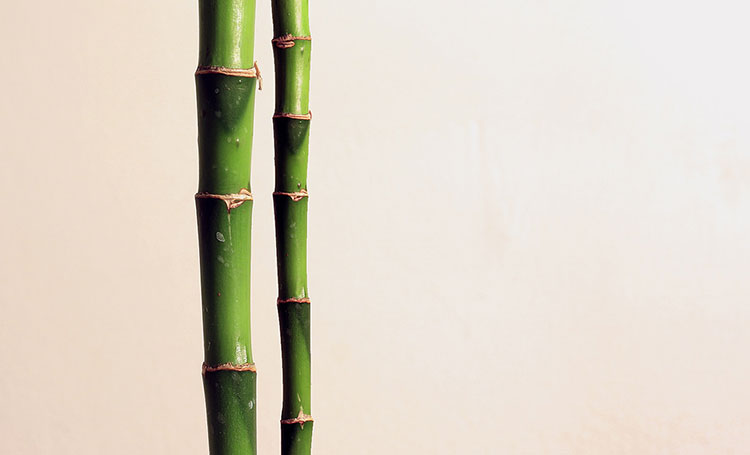
Believe it or not, bamboo is a popular houseplant! It’s exceptionally easy to grow. All it requires is a healthy dose of water and light and you’ll be surprised at how fast the bamboo shoots develop. Place it in a pot in a well-lit area and let it do its thing! Dogs typically leave bamboo alone…and if they don’t, it’s completely non-toxic.
4. African Violet
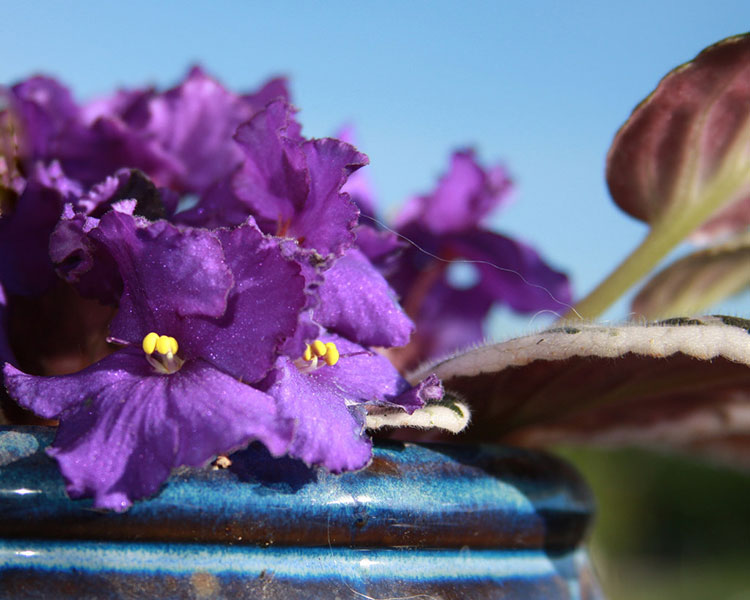
So far we’ve covered mostly classic houseplants that are grown for their foliage and not their flowers. The African violet is the complete opposite! It has incredible bright purple flowers and is almost always in bloom, so you’ll never go through the annoying dormant phase where the plant looks a bit ugly.
They need a warm area with a lot of light to thrive, but aside from that are pretty easy to care for.
5. Donkey’s Tail
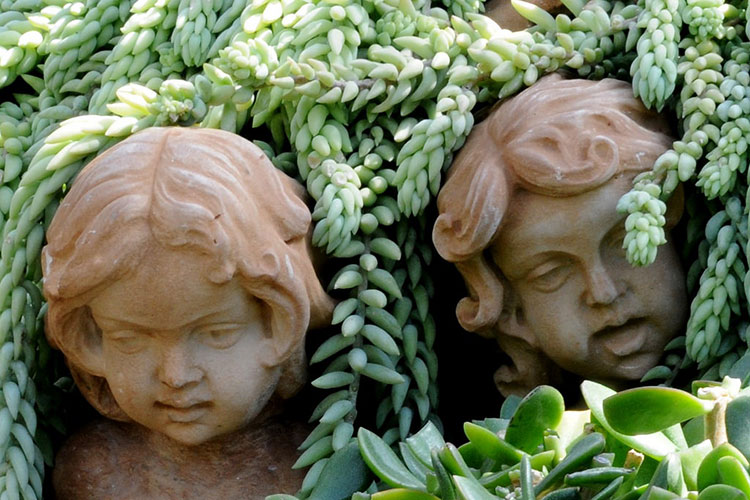
We now take a look at a succulent that has one of the most creative names I’ve ever heard of for a plant: the donkey’s tail. It’s named that for obvious reasons — the long, tail-shaped branches. Pets of all kinds typically avoid eating succulents for some reason, but even if they do the donkey’s tail is a completely safe plant. As it’s a succulent, it also doesn’t require a lot of care…light and little water is all it needs.
6. Cast Iron Plant

The cast iron plant is named for its ability to withstand almost any growing condition, but also due to the fact that it is non reactive for your pet. It doesn’t cause any harm if they do happen to nibble on it a bit, making it a perfect plant for a pet-loving gardener. Give it a moderate amount of light and let the soil dry to 1-2″ before you water again. That’s basically all you have to do to keep this plant happy.
7. Peperomia
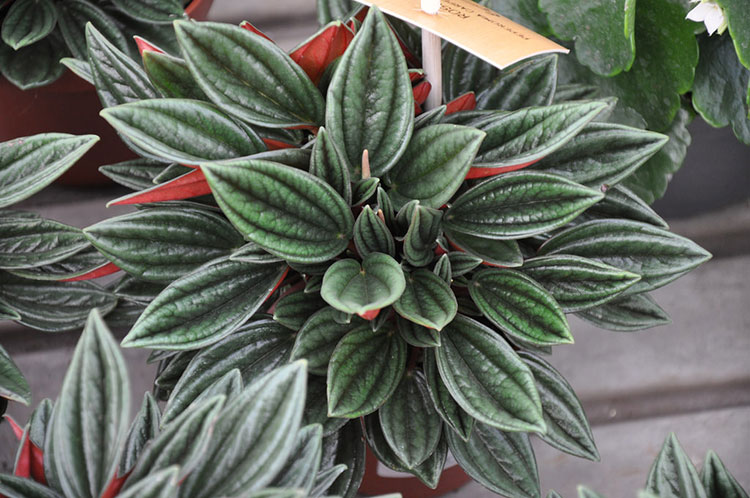
Unfortunately this plant isn’t pepperoni-shaped, as I thought it might be when I first heard of it. However, it’s still a wonderful dog-friendly houseplant that is easy to care for and comes in a variety of different colors, shapes, and sizes. You’ll find this to be one of the plants you have to care for the least, which is right up my alley when it comes to houseplants!
8. Prayer Plant
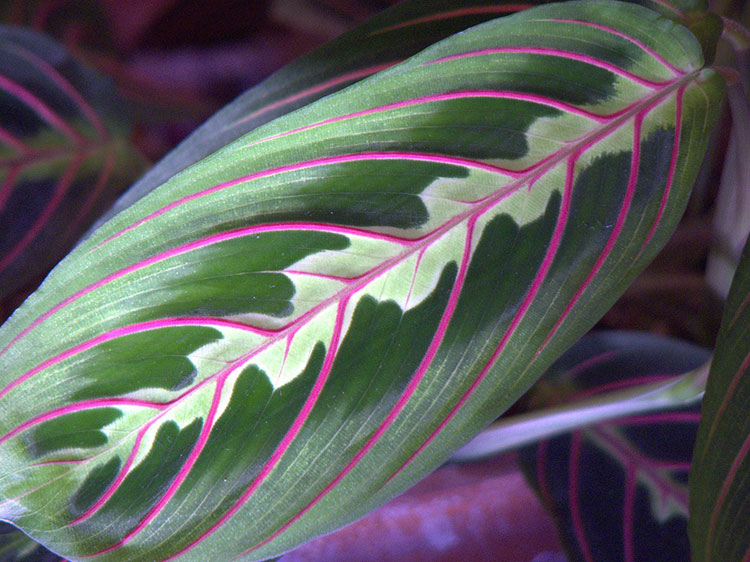
The prayer plant is one of the most unique-looking plants you can grow indoors. It comes in a mind-boggling amount of different patterns and colors, making choosing a prayer plant almost impossible! They actually close their leaves at night time, so don’t think you’re neglecting them if you see this behavior at night…it’s completely natural!
9. Wandering Jew
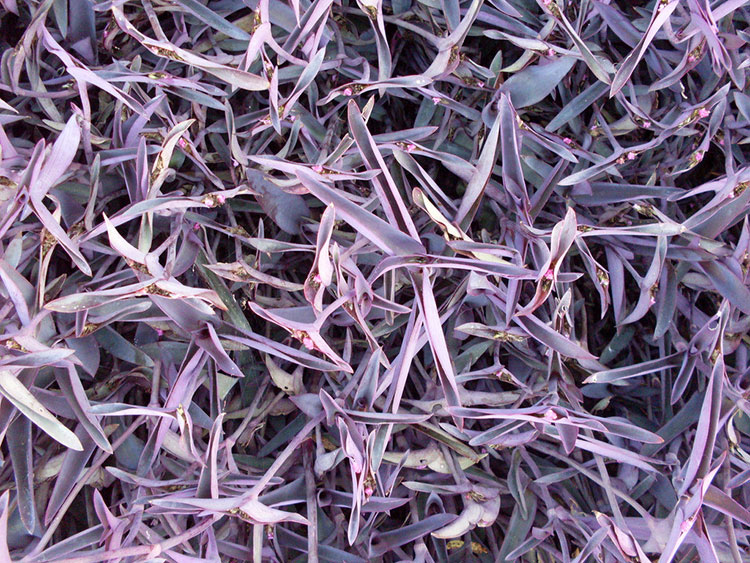
The wandering jew is a family of interestingly-shaped and colored plants that are all non-toxic for your pooch. The most popular type is the purple variety, and it’s most often grown in hanging pots where the foliage drapes down over an area of the home beautifully. Like most common houseplants, it requires bright, indirect light and moderate amount of water.
10. Haworthia
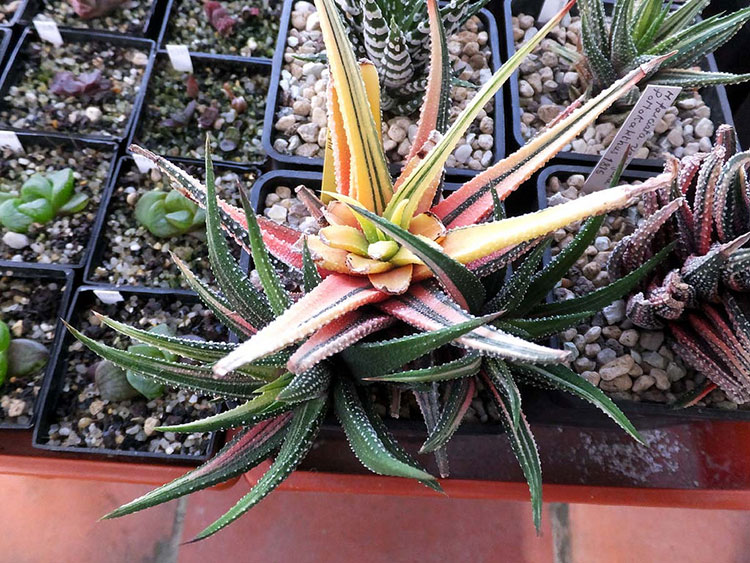
For our final houseplant, we revisit the succulent family with the famous haworthia. These come in many different cultivars, with one of the most popular being the zebra haworthia. Regardless of which type you choose, they’re all cared for just like you would care for any succulent — give it a lot of light, a little water, and basically forget about it.
***
I hope you enjoyed this list of houseplants that are safe for your beloved pup. If you’d like more information on specific houseplants, feel free to check out Epic Gardening.



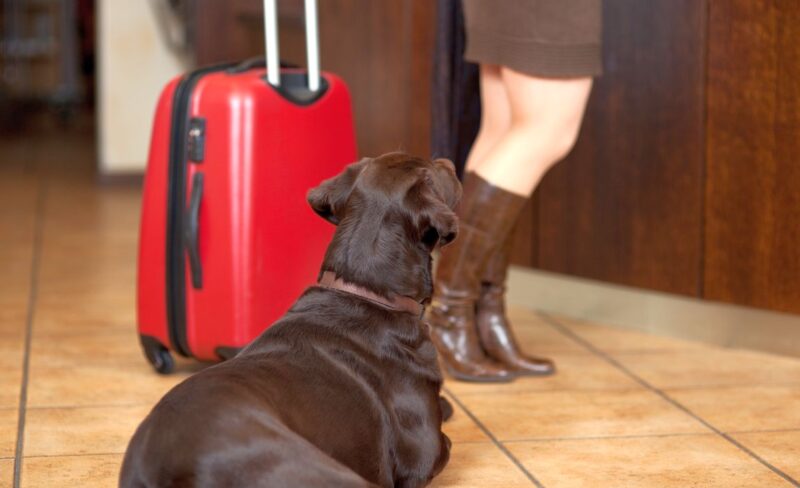
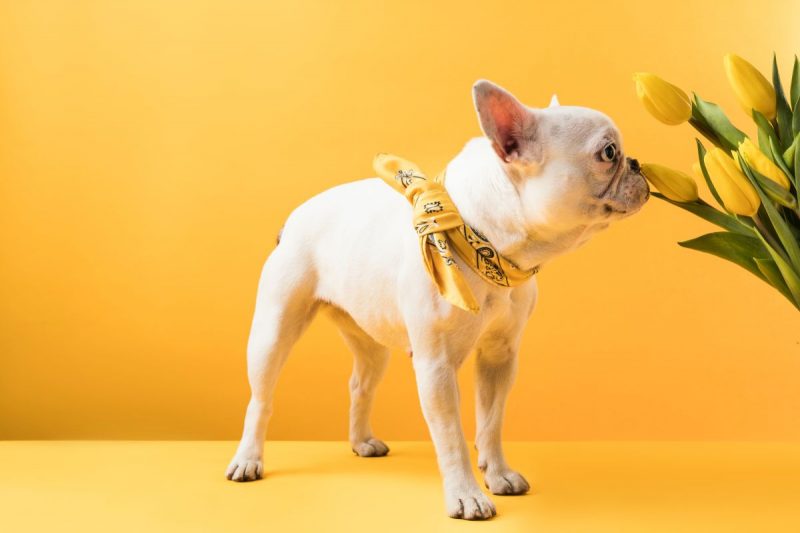
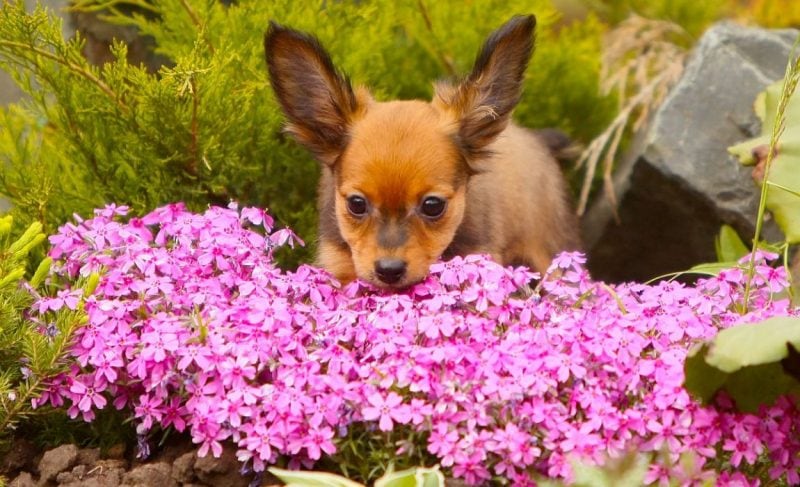

Leave a Comment